Le grand désenvoûtement
CHAPTER 1: NARRATIVES OF THE SELF
09 - 18 Dec 2022
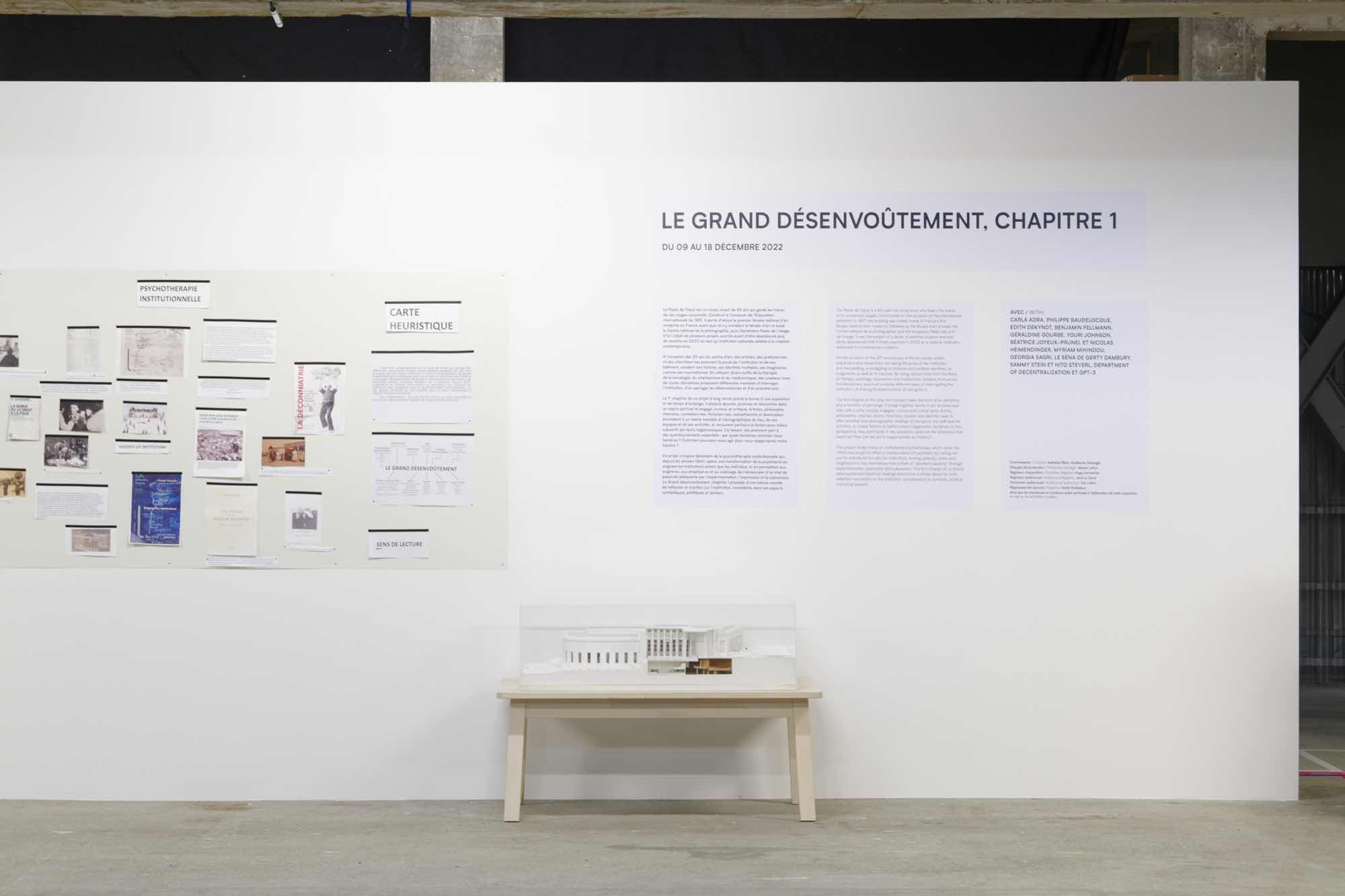
Exhibition view, Le Grand désenvoûtement, Chapter 1, Palais de Tokyo (09/12/2022 –18/12/2022).
Photo credit: Aurélien Mole.
Photo credit: Aurélien Mole.
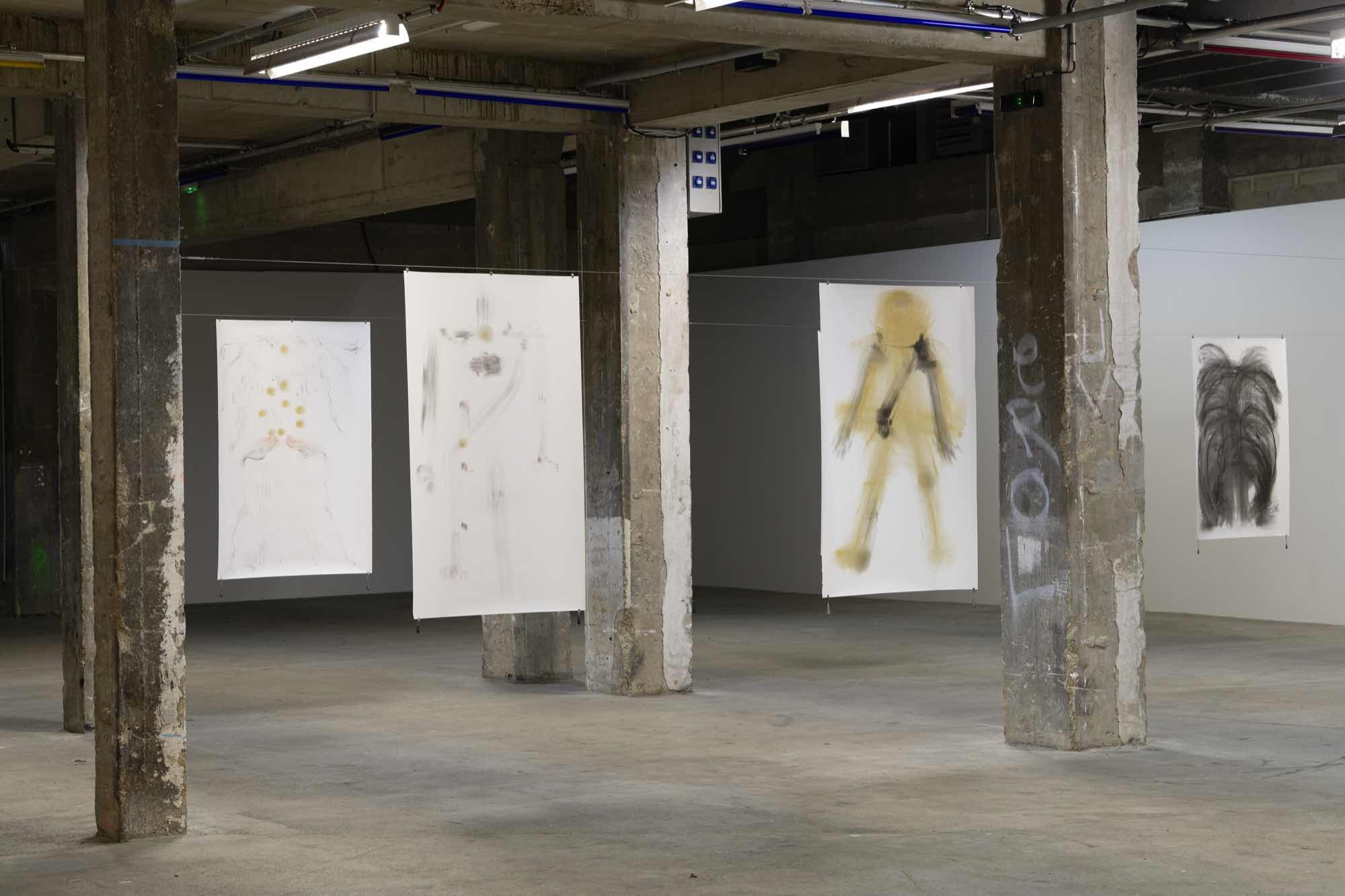
Exhibition view, Le Grand désenvoûtement, Chapter 1, Palais de Tokyo (09/12/2022 –18/12/2022).
Photo credit: Aurélien Mole.
Photo credit: Aurélien Mole.
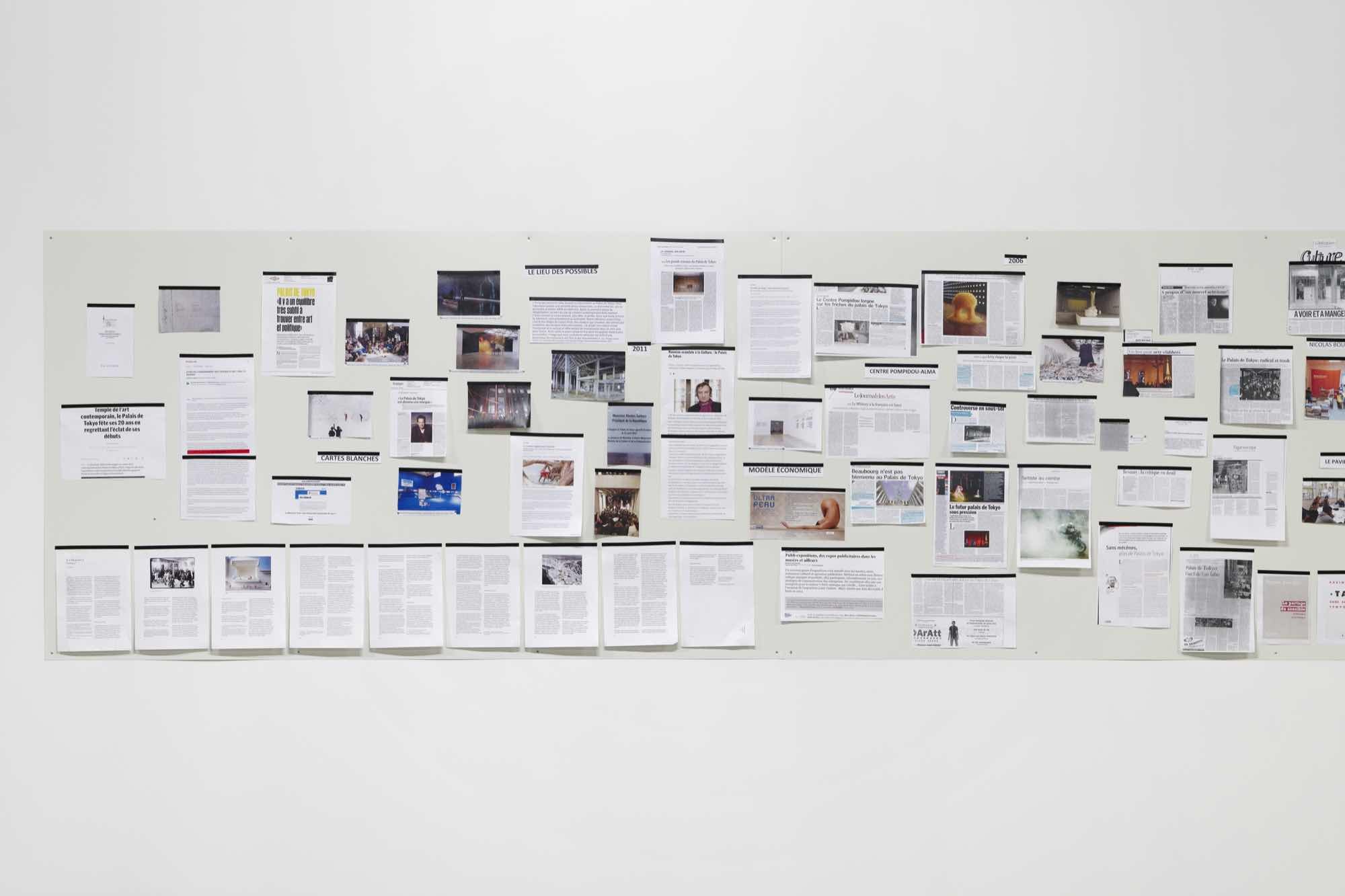
Exhibition view, Le Grand désenvoûtement, Chapter 1, Palais de Tokyo (09/12/2022 –18/12/2022).
Photo credit: Aurélien Mole.
Photo credit: Aurélien Mole.
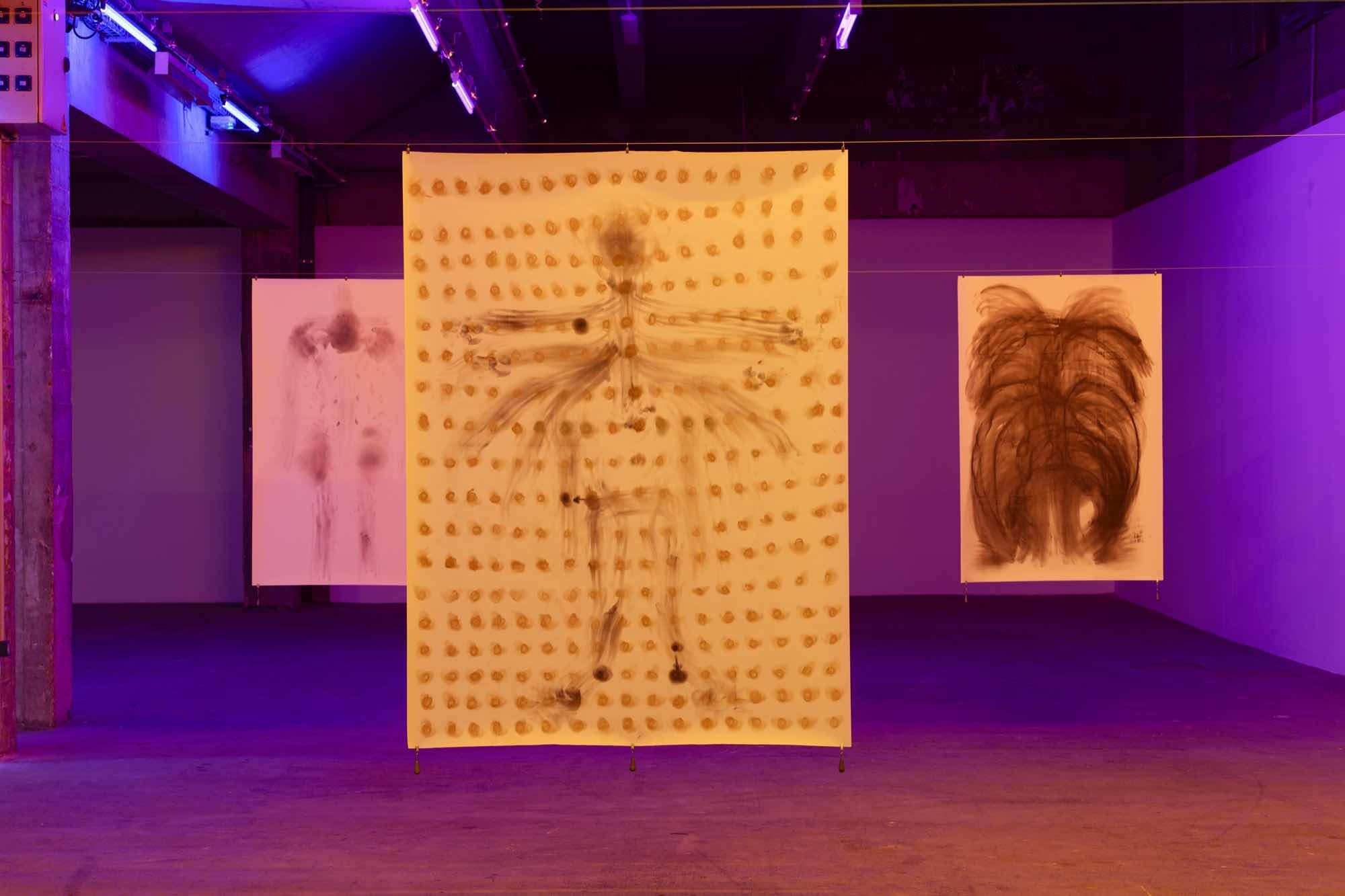
Exhibition view, Le Grand désenvoûtement, Chapter 1, Palais de Tokyo (09/12/2022 –18/12/2022).
Photo credit: Aurélien Mole.
Photo credit: Aurélien Mole.

Exhibition view, Le Grand désenvoûtement, Chapter 1, Palais de Tokyo (09/12/2022 –18/12/2022).
Photo credit: Aurélien Mole.
Photo credit: Aurélien Mole.
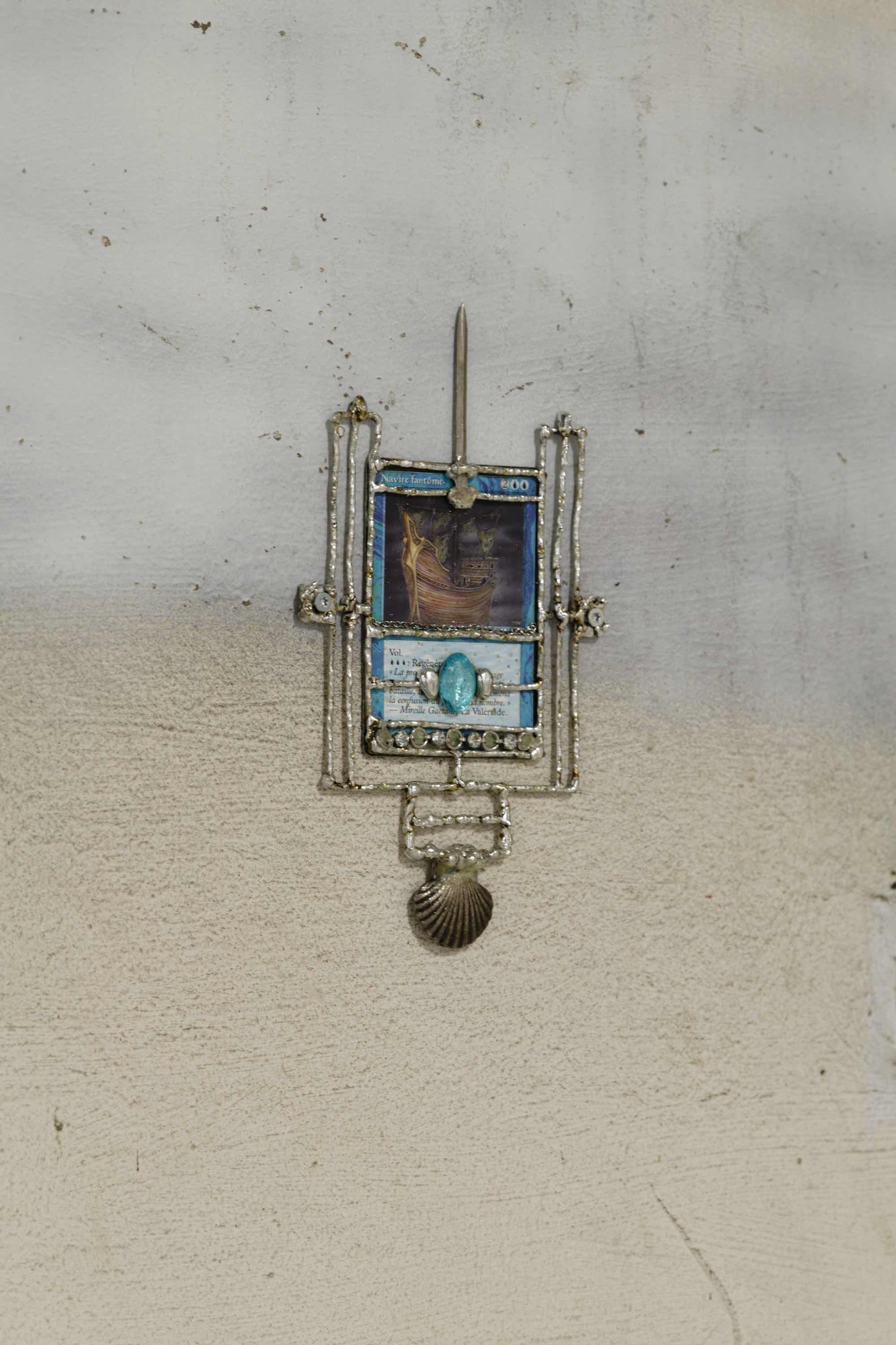
Exhibition view, Le Grand désenvoûtement, Chapter 1, Palais de Tokyo (09/12/2022 –18/12/2022).
Photo credit: Aurélien Mole.
Photo credit: Aurélien Mole.

Exhibition view, Le Grand désenvoûtement, Chapter 1, Palais de Tokyo (09/12/2022 –18/12/2022).
Photo credit: Aurélien Mole.
Photo credit: Aurélien Mole.
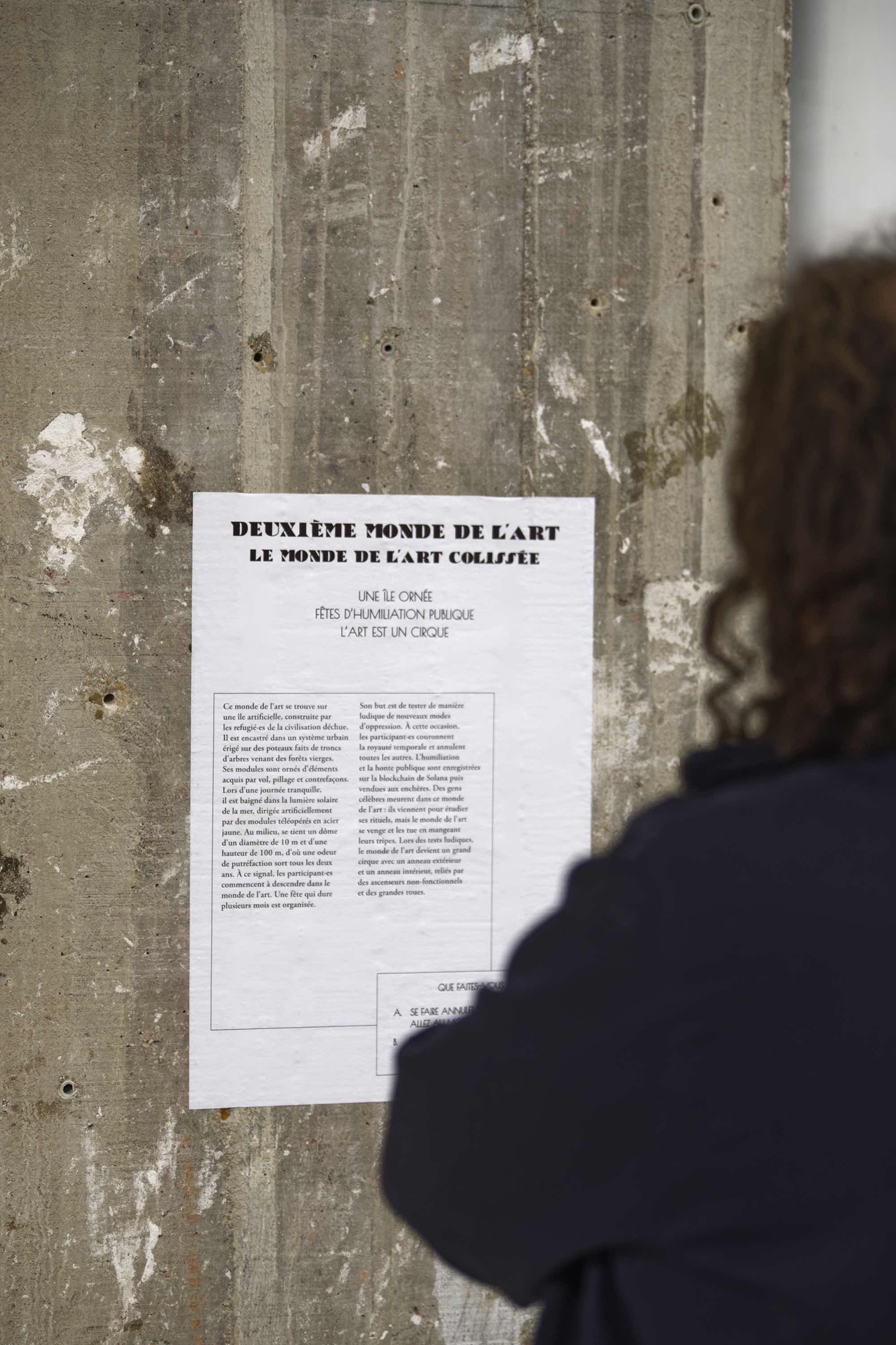
Exhibition view, Le Grand désenvoûtement, Chapter 1, Palais de Tokyo (09/12/2022 –18/12/2022).
Photo credit: Aurélien Mole.
Photo credit: Aurélien Mole.

Exhibition view, Le Grand désenvoûtement, Chapter 1, Palais de Tokyo (09/12/2022 –18/12/2022).
Photo credit: Aurélien Mole.
Photo credit: Aurélien Mole.
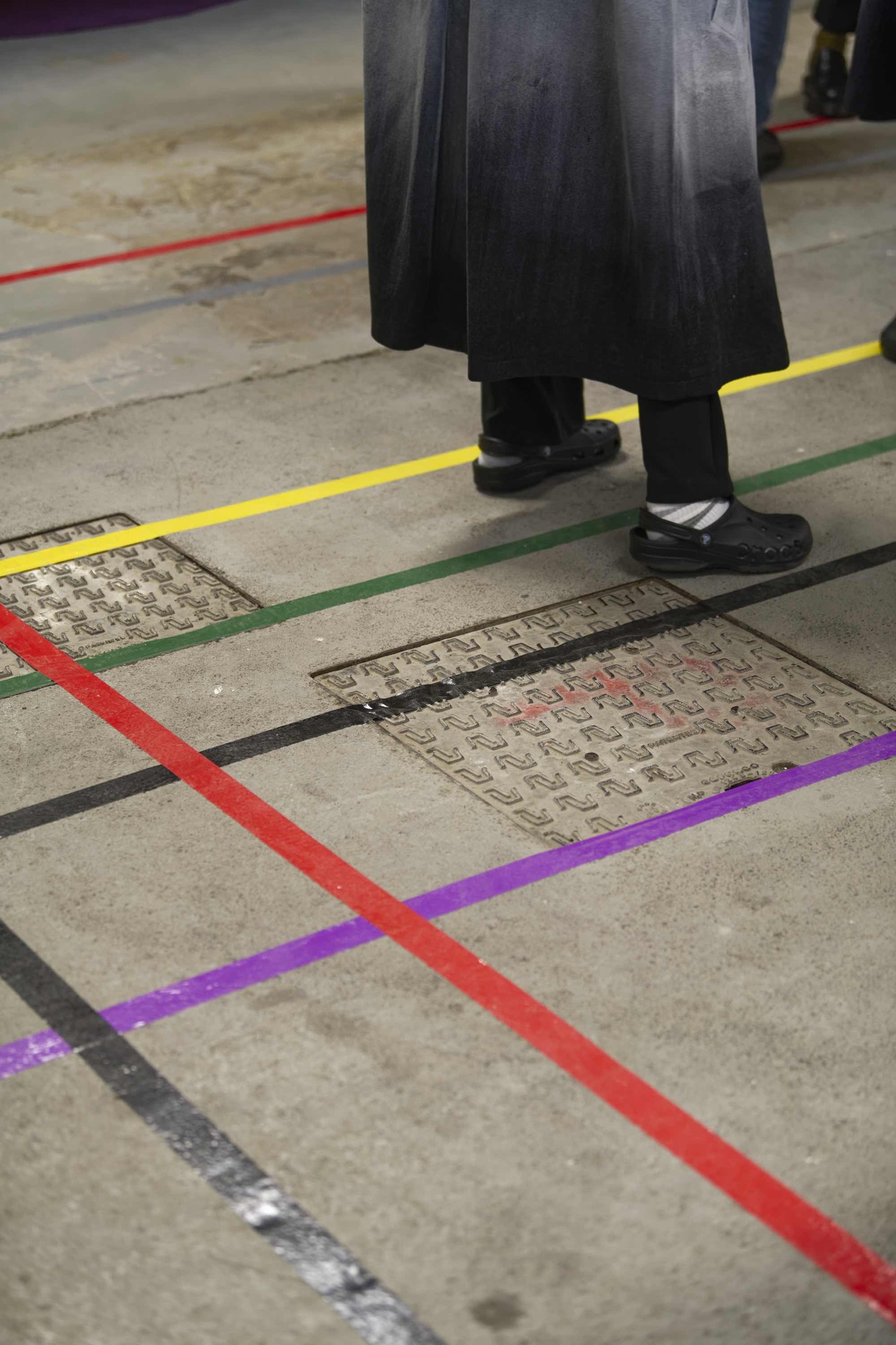
Exhibition view, Le Grand désenvoûtement, Chapter 1, Palais de Tokyo (09/12/2022 –18/12/2022).
Photo credit: Aurélien Mole.
Photo credit: Aurélien Mole.
Within the framework of the Palais de Tokyo's twentieth anniversary, artists, practitioners and researchers take the pulse of the art centre and its building, probing its multiple narratives and identities, its repressed desires and traumas. Drawing freely on institutional psychotherapy, which aims to treat institutions as much as their users, creators from all disciplines will explore different ways of investigating the space and of caring for a cultural institution.
The Palais de Tokyo is an 85-year-old living body, and bears the physical and symbolic marks of its successive uses. Built in 1937 on the site of a carpet factory, which was itself constructed on land formerly occupied by an orphanage and a soap factory, the Palais de Tokyo was the first French museum of modern art before the Musée d'art et d'essai moved in, followed by the Centre national de la photographie and the short-lived Palais des arts de l'image. Left abandoned and squatted for a period of time, it was also home to several abortive and sometimes forgotten projects before being renovated in 2002, and then again in 2012, to become a national institution dedicated to contemporary creation.
Today recognised as the largest art centre in Europe, the building is a repository of this eventful and at times erratic history that largely intersects with the history of French cultural policies surrounding visual arts.
Le grand désenvoûtement is a long-term project that proposes to find ways of paying renewed attention to the stories, pains, beliefs and invisible determinations that we collectively inherit with the practices and knowledge of artists and researchers. This first chapter will take the form of an exhibition and a series of talks and performances that look to begin a process of introspection addressing a building that has often been tested and strained, its multiple inhabitants and the writing of self narratives, as well as a broader reflection as to ways of working with others and the question of hospitality. Works, rituals and encounters organised for the occasion will invite us to help the ghosts of the site speak in order to renew our perspectives on the challenges facing cultural institutions nowadays.
Curator: Adélaïde Blanc and Guillaume Désanges.
The Palais de Tokyo is an 85-year-old living body, and bears the physical and symbolic marks of its successive uses. Built in 1937 on the site of a carpet factory, which was itself constructed on land formerly occupied by an orphanage and a soap factory, the Palais de Tokyo was the first French museum of modern art before the Musée d'art et d'essai moved in, followed by the Centre national de la photographie and the short-lived Palais des arts de l'image. Left abandoned and squatted for a period of time, it was also home to several abortive and sometimes forgotten projects before being renovated in 2002, and then again in 2012, to become a national institution dedicated to contemporary creation.
Today recognised as the largest art centre in Europe, the building is a repository of this eventful and at times erratic history that largely intersects with the history of French cultural policies surrounding visual arts.
Le grand désenvoûtement is a long-term project that proposes to find ways of paying renewed attention to the stories, pains, beliefs and invisible determinations that we collectively inherit with the practices and knowledge of artists and researchers. This first chapter will take the form of an exhibition and a series of talks and performances that look to begin a process of introspection addressing a building that has often been tested and strained, its multiple inhabitants and the writing of self narratives, as well as a broader reflection as to ways of working with others and the question of hospitality. Works, rituals and encounters organised for the occasion will invite us to help the ghosts of the site speak in order to renew our perspectives on the challenges facing cultural institutions nowadays.
Curator: Adélaïde Blanc and Guillaume Désanges.
